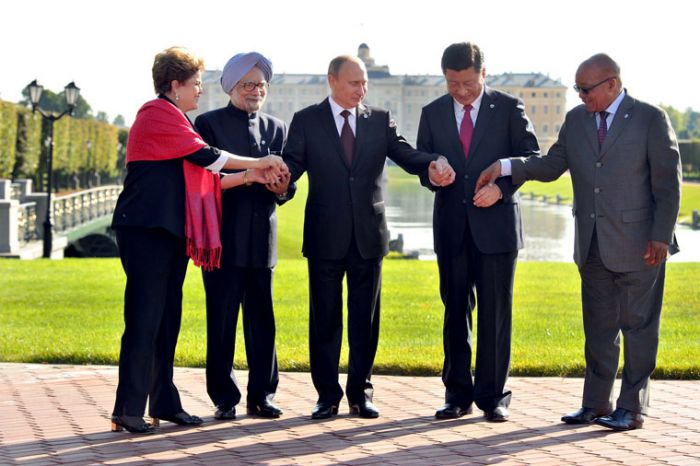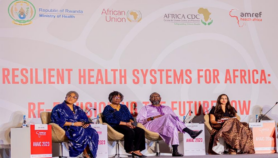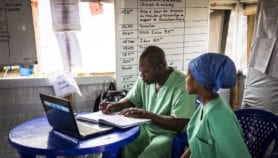By: Laura Owings
Send to a friend
The details you provide on this page will not be used to send unsolicited email, and will not be sold to a 3rd party. See privacy policy.
The term global South is often used to lump together everything that is not a traditional industrialised country. But comprised as it is of the nations of Africa, Central and South America and parts of Asia, the global South is much more diverse in capacity and economic activity than the label implies — its emerging markets offer numerous opportunities for economic growth, investment and cultural contribution.
At the World Social Science Forum 2015 in Durban, South Africa, this week, the debate focused on how countries in the global South can join forces to become the facilitators of their own, collective growth. In other words, how can they be stronger together?
The main difference that’s put forth is that cooperation is horizontal, and that what [global South countries] do is different, and comes from a different background than traditional donors
Jurek Seifert, Institute of Development Research and Development Policy, Germany
According to Jurek Seifert, from the Institute of Development Research and Development Policy in Germany, South-South development cooperation is framed as help among equals and as being fundamentally different from the North-South approach.
“The main difference that’s put forth is that cooperation is horizontal, and that what [global South countries] do is different, and comes from a different background than traditional donors,” he told a panel.
But there are problems with this view. First of all, Seifert said, there is no recognised concept or framework for South-South cooperation. Essentially, all providers are doing what they want and calling it cooperation, without any strategic approach.
There are also doubts about how widespread horizontality is in South-South partnerships. Taking the example of Brazil as a development partner for other Latin American countries, Seifert said, “it is very difficult to assume there will be horizontal collaboration, as Brazil is a much more powerful and more developed player in the region”.
These are indeed valid points. But my greatest concern came when the panel suggested that South-South development cooperation is a catchphrase that generates more public support than its results warrant. Panellists called it “rhetoric” and said it was of no relevance to building successful bilateral relationships between countries.
At the conference, attendants agreed that global South countries struggle to develop their own cooperation practices, and some wondered how these would work with established practices of rich countries. The panel heard that individual countries can grapple with the idea of doing “something different” from the North.
So how to move forward? The conference, perhaps unsurprisingly, proposed more research. Seifert said that all countries in cooperative relationships — whether from the North or South — have one problem in common: they rarely monitor or evaluate their development work. Maybe the first step towards improving South-South cooperation is for researchers to change that.














